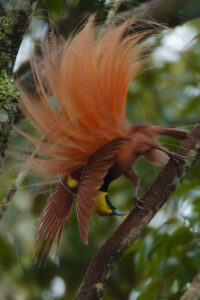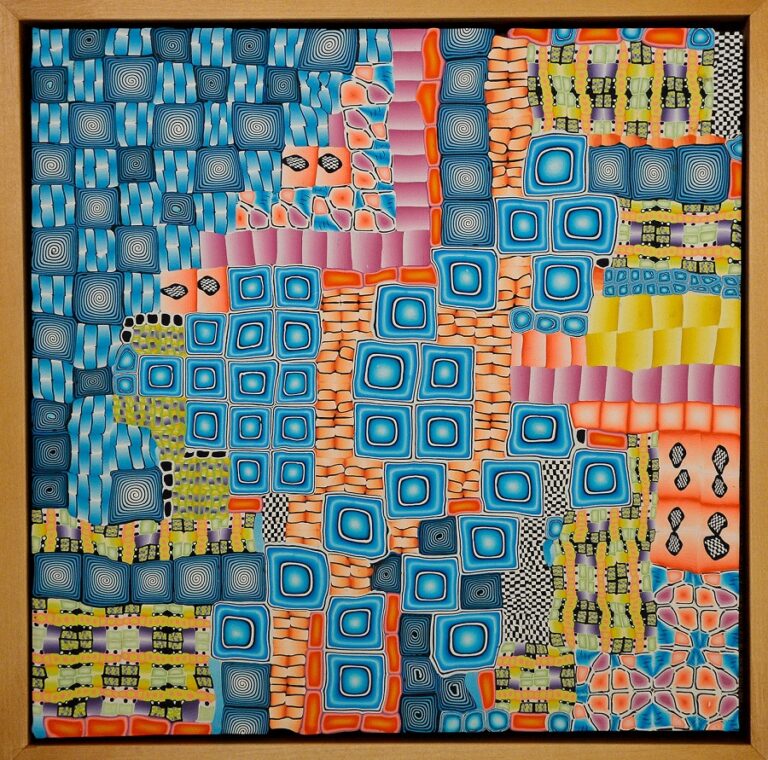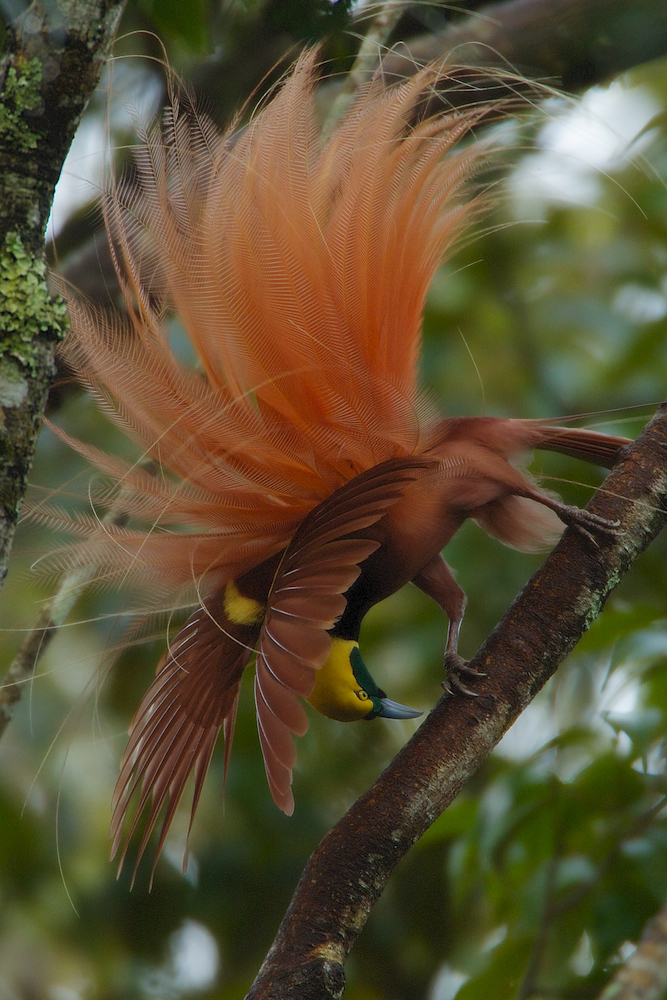Get Your Feathers Ruffled
 “I whip my hair back and forth!”
Courtesy National Geographic
“I whip my hair back and forth!”
Courtesy National Geographic
Latest Article|September 3, 2020|Free
::Making Grown Men Cry Since 1992

 “I whip my hair back and forth!”
Courtesy National Geographic
“I whip my hair back and forth!”
Courtesy National Geographic

You may need sunglasses for Saul Hoffman’s “Cerebral Highway.”

“I whip my hair back and forth!”
Courtesy National Geographic


